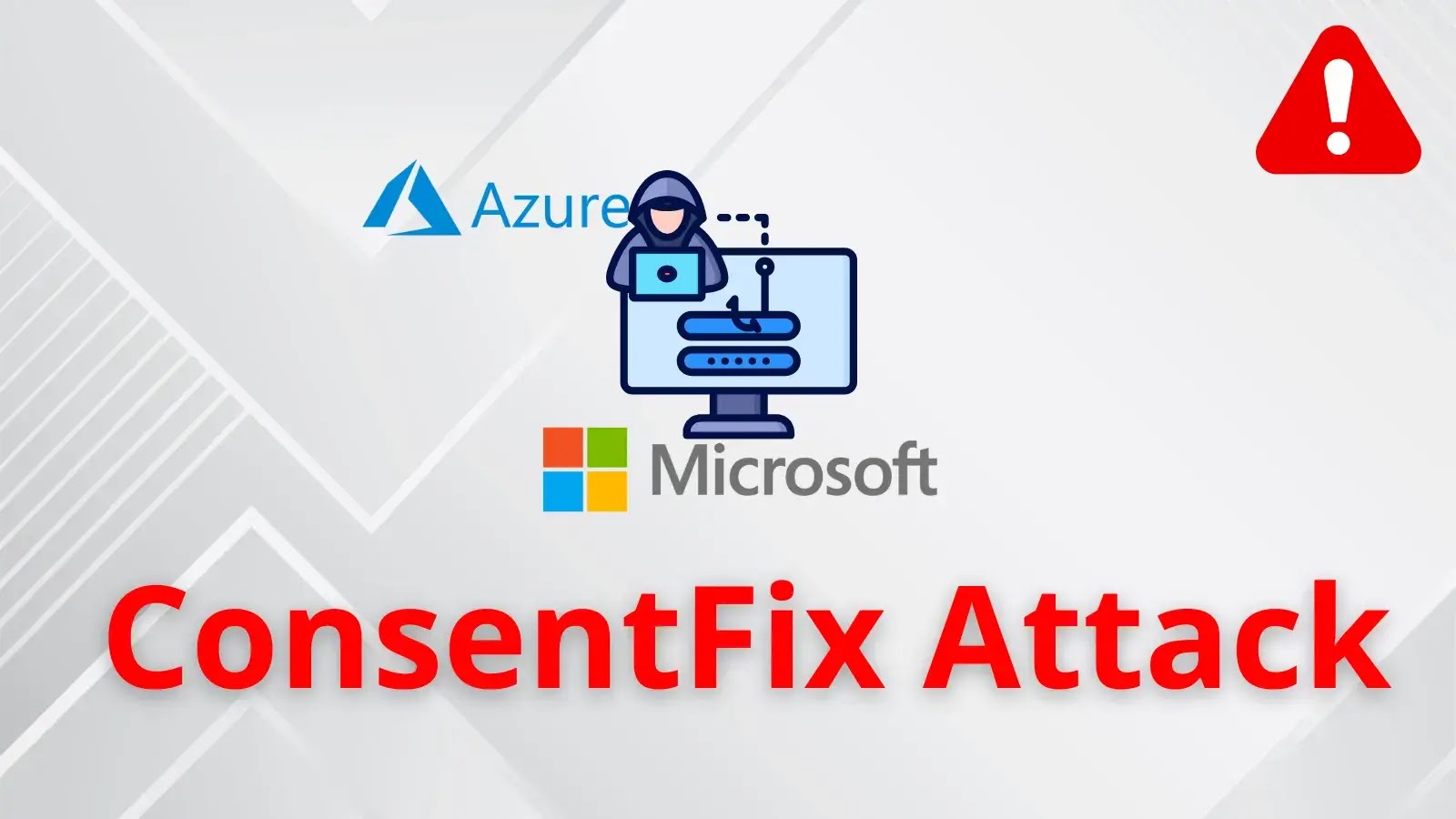In today’s digital era, organizations are increasingly reliant on technology to drive business objectives, making cybersecurity a critical component of strategic planning. Central to this is the concept of cyber risk appetite—the level and type of cyber risk an organization is prepared to accept in pursuit of its goals. For Chief Information Security Officers (CISOs), defining and communicating this appetite is essential to align security measures with business strategies effectively.
Defining Cyber Risk Appetite
Cyber risk appetite refers to the amount and type of cyber risk an organization is willing to accept to achieve its objectives. This concept extends beyond merely preventing cyberattacks; it encompasses a comprehensive understanding of potential cyber events, both intentional and unintentional, that could impact the organization. These events may originate from external sources, such as cybercriminals or supply chain partners, or internal sources, including employees or contractors.
The Role of the CISO in Articulating Risk Appetite
Modern CISOs must transcend traditional technical roles to become strategic business leaders. Articulating cyber risk appetite involves translating complex security concepts into business language that resonates with executive teams. This translation is crucial for bridging the gap between technical security considerations and overarching business objectives, ensuring that security measures support rather than hinder innovation and operational effectiveness.
Implementing a Risk-Based Approach to Cybersecurity
A mature, risk-based approach to cybersecurity involves several key components:
1. Risk Governance Framework: Establish clear roles and responsibilities for risk decisions, including board-level oversight, executive sponsorship, and operational implementation teams.
2. Quantitative and Qualitative Metrics: Develop meaningful measurements that capture both technical vulnerability data and business impact assessments to provide a comprehensive view of risk exposure.
3. Scenario Planning: Regularly conduct tabletop exercises and scenario analyses to understand how different risk events might affect the organization and test the appropriateness of current risk appetite statements.
4. Risk Transfer Mechanisms: Evaluate cyber insurance and third-party relationships as potential methods for transferring risks that exceed the organization’s appetite.
5. Continuous Validation: Implement ongoing testing, such as red team exercises and penetration testing, to validate that security controls align with stated risk tolerance levels.
Prioritizing Critical Assets
The implementation process should begin with a clear understanding of the organization’s crown jewels—the data and systems most critical to business operations. This prioritization ensures that risk appetite statements reflect business realities rather than technical preferences. Security leaders should recognize that risk appetite is not static; it must be regularly reviewed as the business environment, threat landscape, and regulatory requirements evolve.
Communicating Risk Appetite to Business Executives
Successful CISOs avoid technical jargon when discussing risk appetite with business executives, focusing instead on potential business impacts such as operational disruption, revenue loss, or reputational damage. This business-centric approach helps secure appropriate resources and executive support for cybersecurity initiatives.
Establishing an Acceptable Vendor Risk Threshold
One effective method for managing cyber risk is to establish an acceptable risk threshold for vendors. Utilizing security ratings, such as those provided by Bitsight, which range from 250 to 900, organizations can objectively assess a vendor’s cybersecurity posture. By setting a minimum acceptable rating, companies can streamline the vendor selection process, focusing on partners that meet predefined security standards.
Implementing Risk-Based Procurement and Onboarding Policies
Tiering vendors based on their risk and criticality to the business allows for the implementation of tailored procurement and onboarding policies. For instance, top-tier vendors with access to sensitive data may undergo comprehensive security assessments and on-site visits, while lower-tier vendors might be subject to less stringent evaluations. This approach enables security teams to manage third-party risks efficiently without overextending resources.
Continuous Monitoring of Vendors
Cybersecurity due diligence extends beyond the initial contract signing. Continuous monitoring of vendors’ cyber risk profiles throughout the partnership is essential. Tools like Bitsight for Third-Party Risk Management allow organizations to establish appropriate levels of monitoring based on a vendor’s proximity to sensitive company data. Setting alerts for changes in a vendor’s rating and defining rules for risk reassessment ensures that third-party risks are managed proactively.
Revisiting Cyber Risk Appetite
As threats evolve and business objectives change, organizations must continually reassess their cyber risk appetite. This ongoing evaluation involves understanding the risks the organization is exposed to and determining which are acceptable. Establishing a timeline for regular discussions among stakeholders ensures that the risk management program remains aligned with current business priorities and emerging threats.
Conclusion
Understanding and defining cyber risk appetite is a critical component of an organization’s overall risk management framework. For CISOs, articulating this appetite in business terms facilitates informed decision-making, efficient resource allocation, and the establishment of appropriate security controls. By implementing a risk-based approach to cybersecurity, prioritizing critical assets, and continuously monitoring both internal and external risks, organizations can achieve a balanced security posture that supports business objectives while mitigating potential cyber threats.



